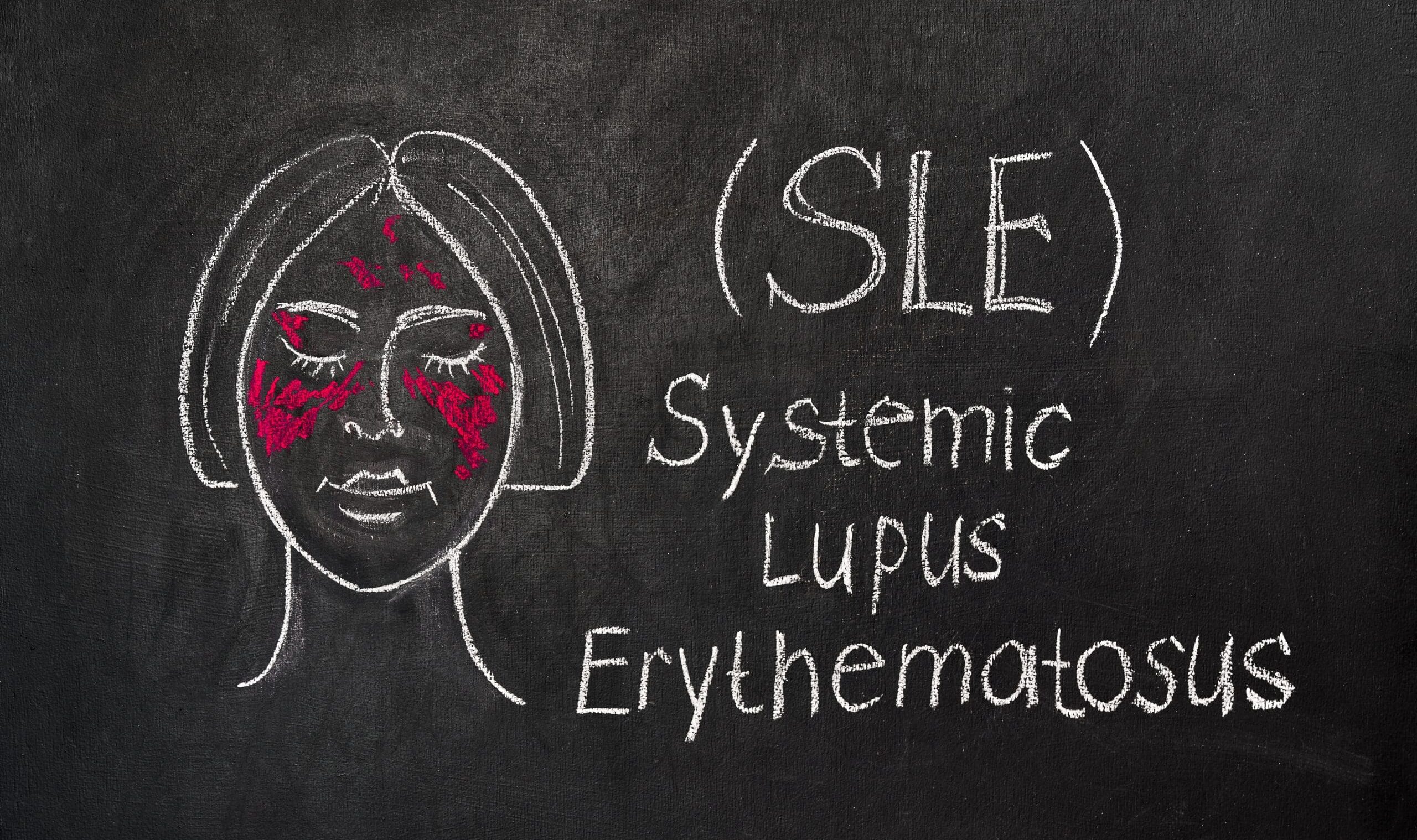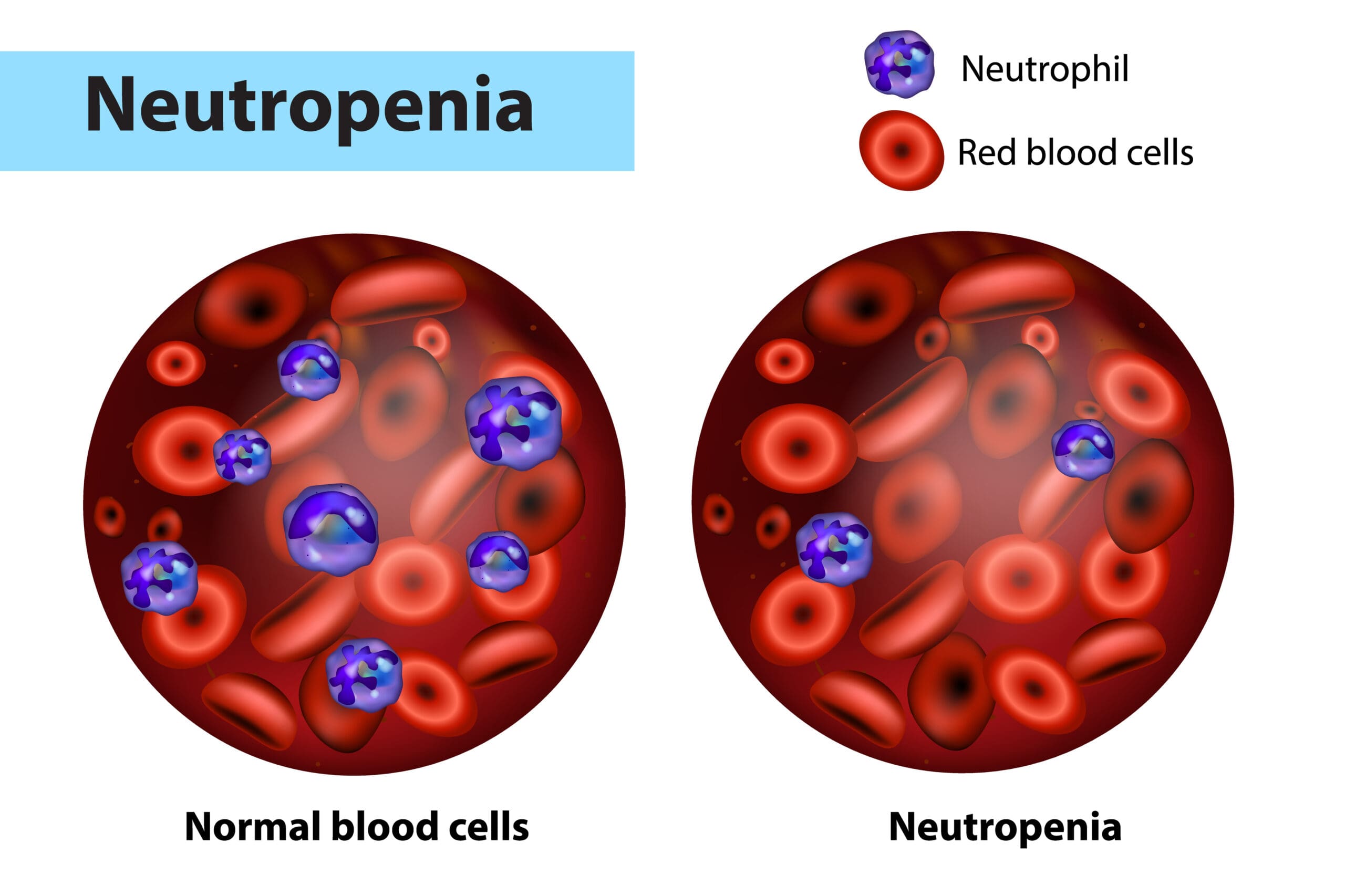Diet tips for overcoming eczema
By naturopath Margaret Jasinska
Eczema is extremely common in children and adults. For many people it is an incredibly frustrating and uncomfortable health problem. Food sensitivities and gut bug imbalances, leading to a leaky gut are usually the biggest eczema triggers. Diet changes and gut healing strategies are usually effective tools for overcoming this condition.
Eczema causes red, itchy, and inflamed skin. In severe cases the skin can crack, become weepy and an infection can develop. Eczema can affect anyone, but it’s especially common in children. Approximately 60 percent of cases develop within the first year of life. Food allergy or intolerance are common triggers of eczema in children. Just eliminating the offending foods is often sufficient for clearing up eczema. In adults who have had eczema for a long time, there is usually an overgrowth of the wrong gut bugs as well as an inflamed gut lining, which both need addressing.
The following foods may be problematic for individuals with eczema. Doing a trial elimination of some or all of these foods may be worth trying:


Dairy products
Cow’s milk allergy is the most common food allergy in young children. Foods made of milk like yogurt, ice cream and cheese are also common triggers for eczema. A study of 132 children with food triggered eczema found that 39 percent developed an immediate reaction after consuming cow’s milk. A 2019 study showed that infants with eczema were six times more likely to have an allergy to cow’s milk, eggs, or peanuts at 12 months of age than infants without eczema. When doing a trial elimination of dairy products, make sure to check ingredient lists on food packages carefully for milk ingredients.


Wheat or gluten
Wheat is the staple ingredient in staple foods such as bread, pasta, breakfast cereals and baked goods, while gluten is a protein found in wheat, barley, and rye, which gives dough its structure and elasticity. Wheat allergy can trigger or worsen eczema and may also cause other symptoms such as hives, asthma, and digestive upsets. Eczema and skin rashes can also be due to a sensitivity to gluten, or coeliac disease. A type of skin rash called dermatitis herpetiformis is a possible symptom of coeliac disease. Blood tests and an intestinal biopsy can diagnose coeliac disease. There is no test available to diagnose non-coeliac gluten sensitivity other than an elimination diet.


Eggs
Egg allergy is one of the most common food allergies, affecting approximately 1.3 percent of children under 5 in western nations. Sensitivity to egg white is far more common than to the yolk. However, if doing a trial elimination of eggs, it’s important to avoid them entirely for the time being. Research has shown that infants with eczema are almost 6 times more likely to develop an egg allergy by 12 months of age compared to those without eczema. Fortunately a lot of children grow out of an egg allergy.


Soy
Soy allergy is becoming increasingly common. This is probably because soy is found in so many processed foods. Soy is a legume and the lectins found in legumes may trigger leaky gut in some people. Once the gut lining is leaky, incompletely digested foods can get absorbed into the bloodstream. This raises the risk of allergies and autoimmune disease. Food labelling laws have recently changed, making it far easier to identify allergens in the ingredient list.


Fish and shellfish
Shellfish means an aquatic animal that has a shell-like exterior. This includes crabs, lobsters, oysters, mussels, and prawns. Ordinarily fish and shellfish are both highly nutritious and a great sources of protein and omega-3 fatty acids, however they can be eczema triggers for some people, especially children. Sometimes a sensitivity occurs to only a specific type of seafood, and other varieties can be safely consumed.


Peanuts and tree nuts
Peanuts are a common allergen and are associated with a number of skin reactions, including rashes, hives, itching, and eczema. Peanut allergies are quite common in babies and toddlers. Most peanut allergies appear within the first 2 years of life. Sometimes peanut allergies are severe, leading to anaphylaxis, while other times they are much milder.
Tree nuts could worsen eczema for many people also. Studies have shown that tree nut allergies are very common and may affect up to 4.9 percent of children and adults. Apart from eczema, they may also be triggers of asthma and hay fever. Peanuts and tree nuts are found in many foods, and highly sensitive individuals will need to avoid foods processed in facilities where nuts are handled.
How long do these foods need to be avoided?
Usually a one month trial is sufficient to determine if one or more of the above foods are problematic. During this time it is best to base your diet on unprocessed foods that don’t have an ingredient list, such as meat, seafood, poultry, vegetables and fruit. Legumes and gluten free grains can be tolerated well by most individuals.
It’s also important to heal your gut
Antimicrobial herbs such as clove, oregano and thyme can help reduce levels of bad gut bacteria and fungi that are often responsible for causing leaky gut. Glutamine is well known for its ability to heal and seal a leaky gut. Glutamine is the most abundant amino acid in your bloodstream and is also found in high quantities in various tissues, including the gastrointestinal tract, liver, skeletal muscle, the brain and lungs. Your small intestine uses more glutamine than any other organ. Glutamine helps to strengthen tight junctions between intestinal cells and maintains the integrity of the intestinal lining.
There is more information about healing leaky gut in the book Healing Autoimmune Disease: A plan to help your immune system and reduce inflammation.








Leave A Comment